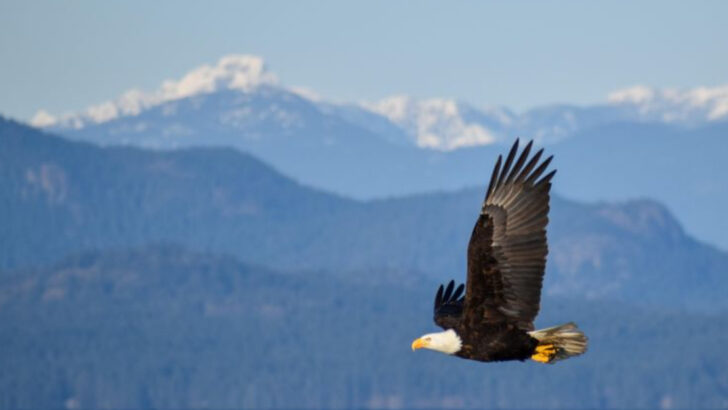We tried to wipe them out.
Wolves, bats, vultures—creatures branded as monsters, vermin, or pests. We trapped them, poisoned them, and drove them to the edge. Why? Because we didn’t understand them.
Turns out, we were wrong. Really wrong.
These animals weren’t destroying nature—they were nature. Keeping balance. Cleaning up. Protecting crops. Helping forests breathe. And while we were busy waging war on them, ecosystems were quietly falling apart.
Now we’re scrambling to bring them back.
The predators we feared? They’re population managers. The scavengers we loathed? Nature’s janitors. The insects we swatted? Unseen powerhouses, making food grow and flowers bloom.
This list will flip your script.
These 17 animals went from public enemy to ecological MVP—and their comeback stories are wild.
American Alligator
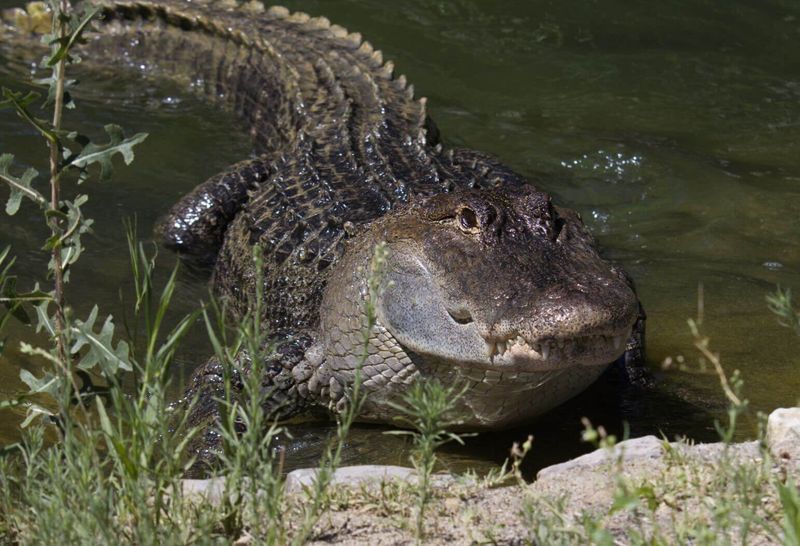
Once heavily hunted for their skins, American Alligators have made a remarkable comeback and are now essential for wetland ecosystems. Their role as apex predators helps maintain healthy populations of fish and other aquatic species.
These reptiles create ‘gator holes’ that provide habitat for various species during dry spells. Their presence indicates a healthy, balanced ecosystem.
Did you know? Alligators have been around since the age of dinosaurs, surviving mass extinctions. Today, conservation efforts have ensured their survival, and they are a testament to the resilience of nature.
Gray Wolf
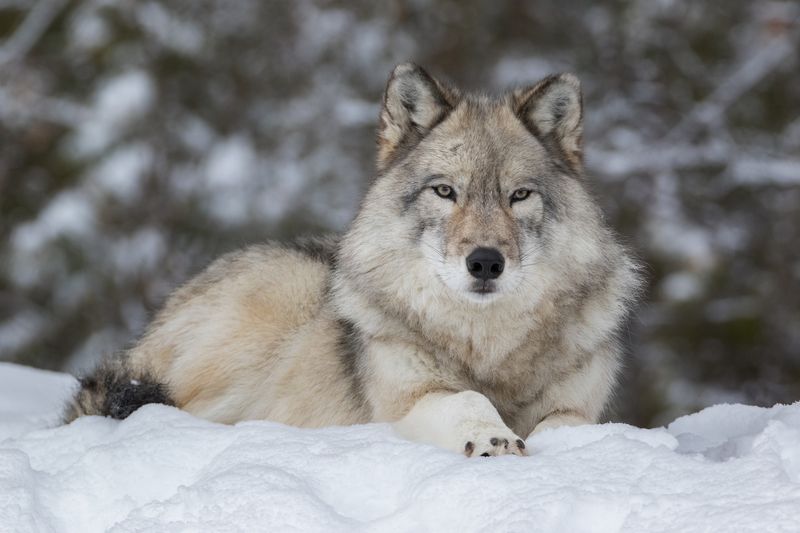
The Gray Wolf, once nearly wiped out, plays a key role as a top predator in its ecosystem. By controlling the population of deer and other herbivores, wolves prevent overgrazing and allow vegetation to flourish.
This, in turn, supports a broader range of wildlife. Their return to places like Yellowstone has rejuvenated ecosystems. Fun fact: Wolves communicate using a complex system of vocalizations, body language, and scent marking, displaying a depth of social structure.
Their haunting howl is not just a call; it’s a symbol of wilderness and the natural world.
Bison
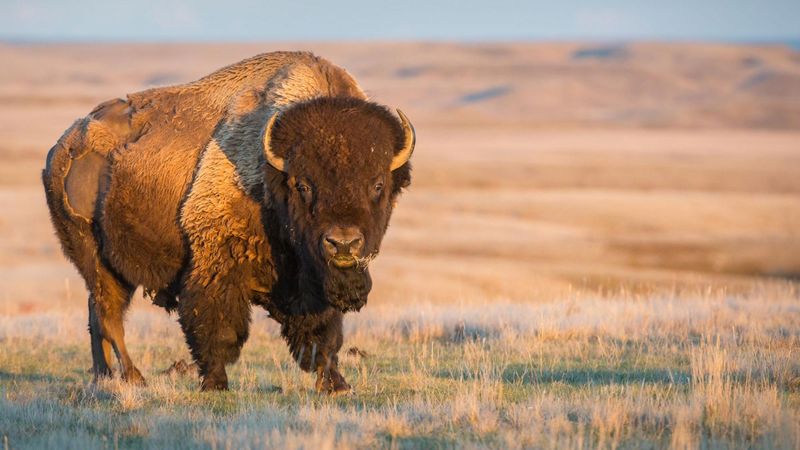
Regarded as a keystone species, Bison were once hunted to near extinction. Their grazing patterns encourage plant diversity, and their hooves aerate the soil, promoting growth.
This provides food and habitat for many other species. Historically, Native American tribes revered the Bison for its role in their culture and survival.
Did you know? Bison are the largest land mammals in North America and can run up to 35 miles per hour. Their presence on the plains is a powerful symbol of the prairies’ rich past and promising future.
Bald Eagle
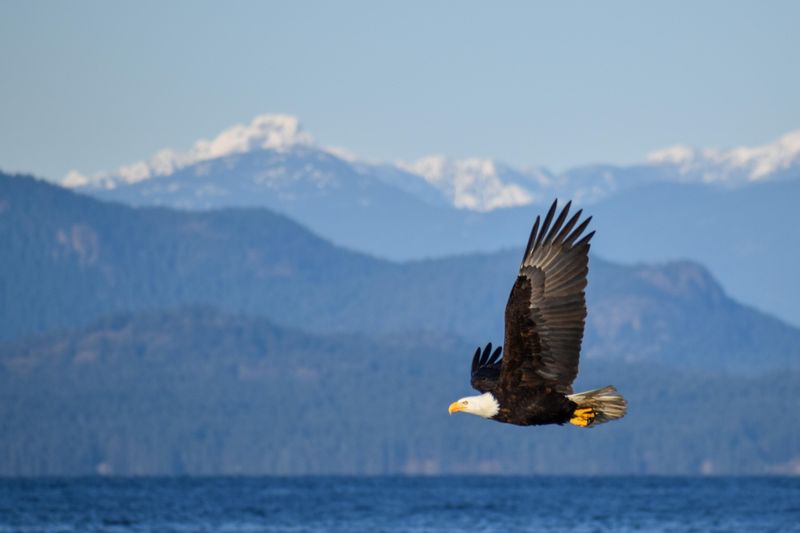
Once on the brink of extinction due to pesticide use, the Bald Eagle has soared back as the symbol of American resilience. As a top predator, it helps control populations of fish and small mammals, maintaining ecological balance.
Bald Eagles are also indicators of environmental health, as they require clean habitats for fishing and nesting. Their recovery is one of the greatest conservation success stories.
Fun fact: Bald Eagles are monogamous and often return to the same nest year after year, which can become enormous over time.
Beaver
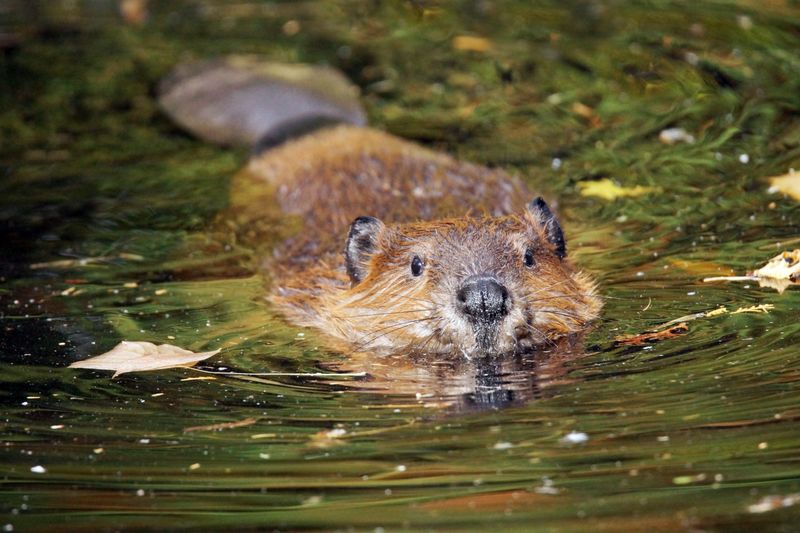
The industrious Beaver is nature’s engineer. Once trapped extensively for their fur, they are now recognized for their ecological importance. Beaver dams create wetlands that support diverse plant and animal life.
These wetlands act as natural water filters, improve water quality, and reduce erosion. By creating these habitats, Beavers increase biodiversity and contribute to ecological resilience.
Did you know? Beavers have transparent eyelids that function like goggles, allowing them to see underwater as they work on their watery constructions.
Opossum
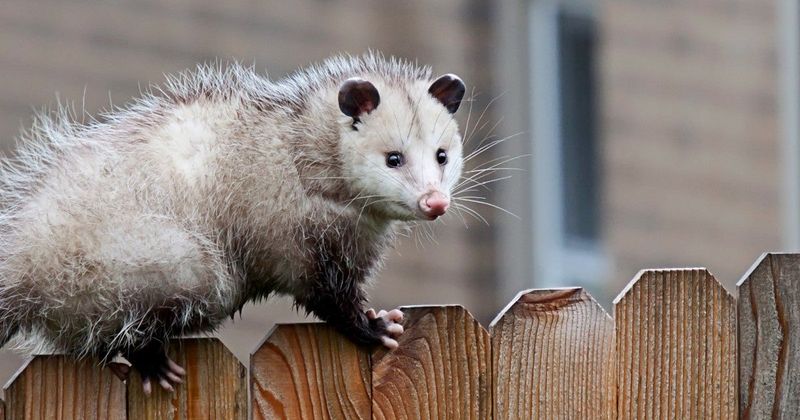
Misunderstood and often maligned, the opossum is a nocturnal scavenger that provides essential ecosystem services. Opossums help control tick populations, reducing the spread of Lyme disease.
They are also nature’s cleanup crew, consuming carrion and leftovers in urban and rural areas. Despite their reputation, opossums are resistant to rabies and play a crucial role in maintaining healthy environments.
Did you know? Opossums have an impressive immune system, which enables them to eat venomous snakes with little consequence.
Sharks
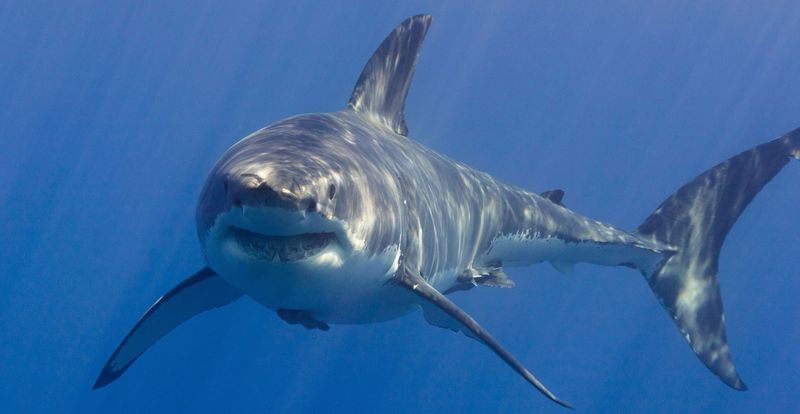
Feared and misunderstood, sharks are vital for the health of ocean ecosystems. As apex predators, they help maintain the balance of marine life by controlling the populations of other species.
This top-down regulation allows for greater species diversity and the health of coral reefs. Sharks have inhabited the earth’s oceans for over 400 million years and play a critical role in marine food webs.
Fun fact: Despite their reputation, more people are injured by vending machines each year than by sharks!
Prairie Dog
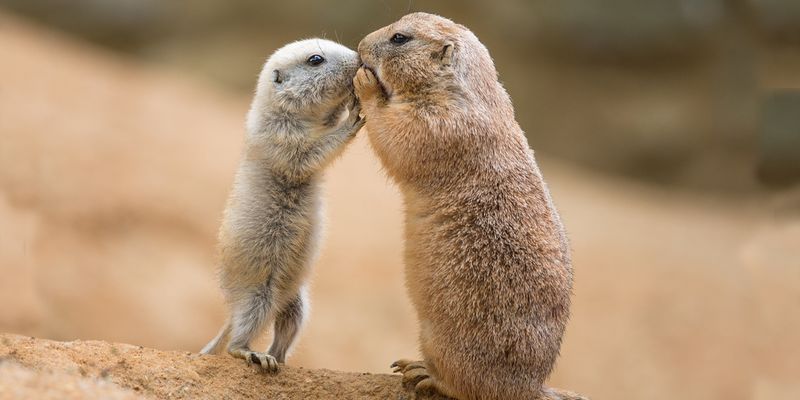
Often considered pests, Prairie Dogs are crucial to grassland ecosystems. These rodents’ burrowing activities aerate the soil, promoting plant growth and providing habitats for other species like burrowing owls and snakes.
They are a keystone species, and their presence ensures the health and sustainability of the grasslands. Prairie Dogs have a complex social structure and communication system, with different calls for different predators.
Their colonies are bustling hubs of activity, essential for prairie health.
Vultures
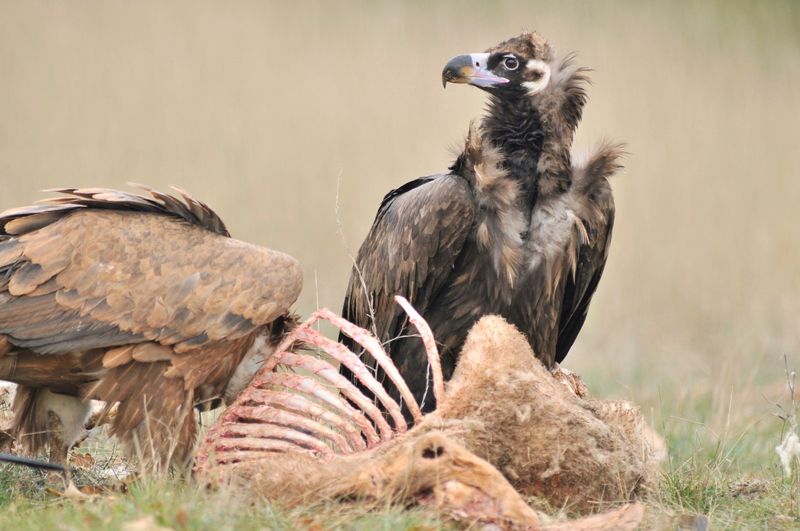
Vultures, once detested as harbingers of death, play an indispensable role in ecosystems. They are nature’s cleanup crew, consuming carrion and preventing the spread of diseases.
By disposing of carcasses, vultures maintain the health of environments. They have an exceptionally strong stomach acid capable of digesting pathogens that would be deadly to others.
Sadly, vulture populations are declining due to poisoning and habitat loss, which poses significant ecological threats. Their presence is a sign of a healthy ecosystem.
Black Bear
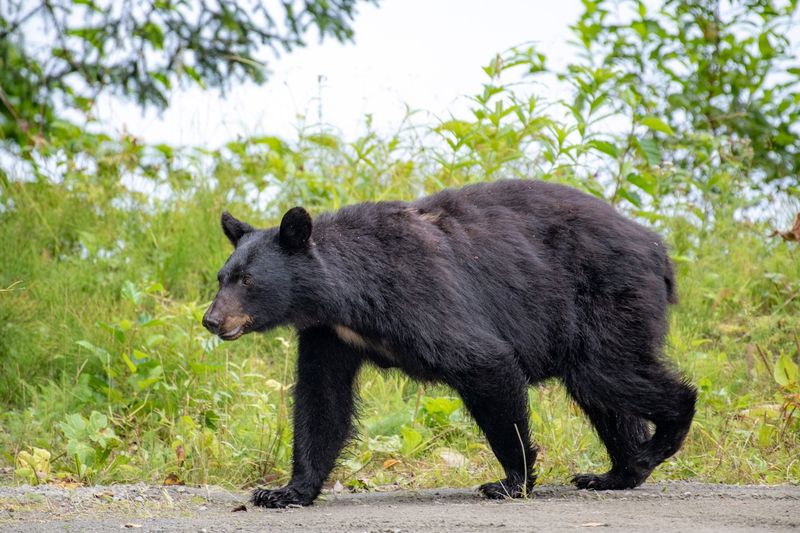
Black Bears are important seed dispersers in forest ecosystems. By consuming a wide variety of fruits and nuts, they help plant new trees and shrubs. Their foraging habits lead to natural reforestation and healthy plant diversity.
Bear populations also regulate prey species and maintain ecological balance. These majestic creatures are an integral part of North America’s wilderness.
Fun fact: Despite their bulky appearance, Black Bears are excellent climbers and can run at speeds of up to 30 miles per hour.
Sea Otter
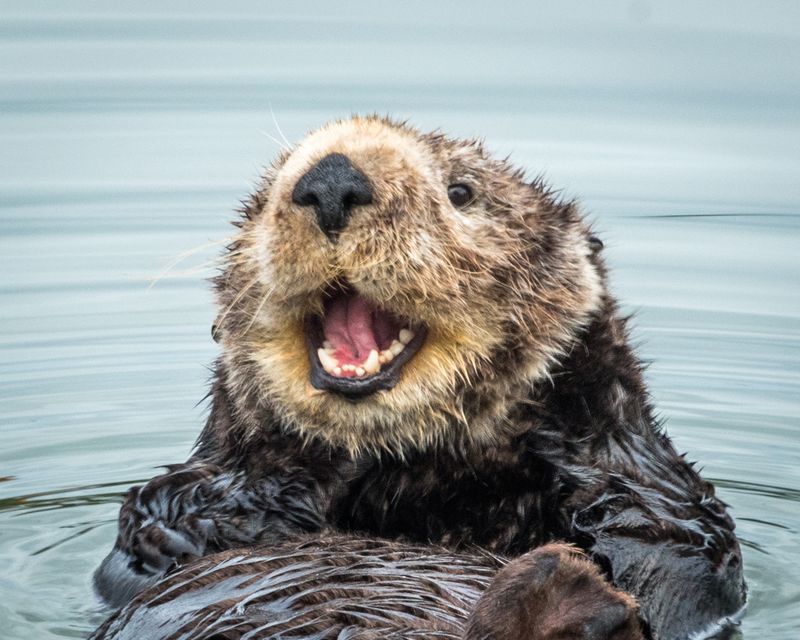
Charismatic and playful, Sea Otters are essential to kelp forest ecosystems. By preying on sea urchins, they prevent these herbivores from overgrazing the kelp, which is vital for marine biodiversity.
Otters have dense fur that keeps them warm in cold waters, and their playful antics help maintain their social bonds. They are a crucial part of the marine food web.
Fun fact: Sea Otters use rocks as tools to crack open shellfish, showcasing their intelligence and adaptability.
Red Fox
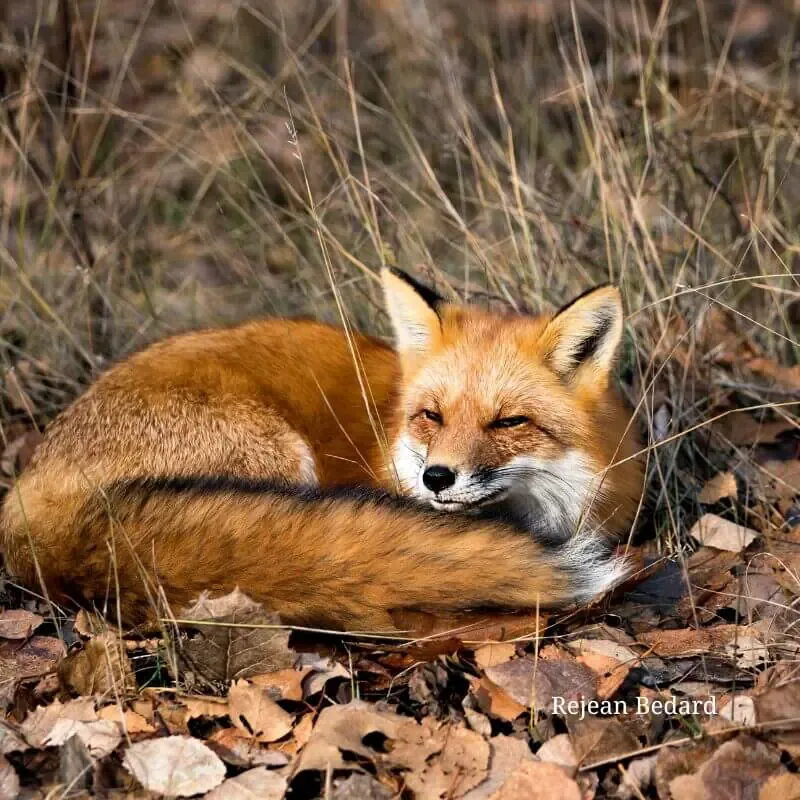
Known for their cunning and adaptability, Red Foxes play a valuable role in controlling small mammal populations. This helps maintain a balanced ecosystem by preventing overpopulation and crop damage.
Their varied diet allows them to thrive in diverse environments, from urban areas to remote forests. Foxes are solitary hunters with excellent hearing and a remarkable ability to leap.
Interestingly, they communicate through a series of vocalizations and scent markings, ensuring their survival in the wild.
Bobcat

The elusive Bobcat is a top predator that regulates prey populations in its habitat. Bobcats help maintain the balance of ecosystems by controlling the numbers of rabbits, rodents, and birds.
They have a stealthy hunting style and are known for their ability to adapt to various environments, from forests to deserts. Bobcats are solitary animals with keen eyesight and hearing, contributing to their success as hunters.
Did you know? Bobcats can leap up to 12 feet in a single bound, showcasing their strength and agility.
Raccoon
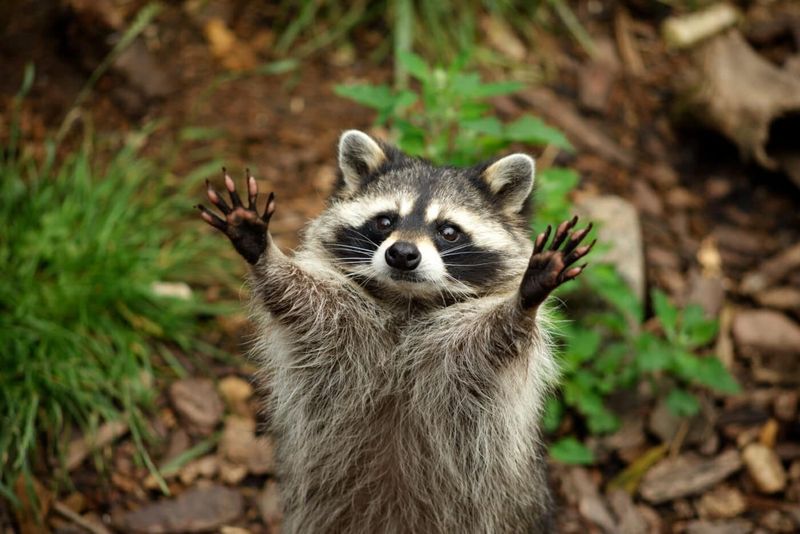
Once viewed as pesky invaders, raccoons are now recognized for their adaptability and role in controlling pest populations. Known for their distinctive “masked” faces, these nocturnal creatures have a knack for scavenging, which helps keep urban and rural areas clean by consuming waste and small animals.
Raccoons are versatile eaters, consuming a varied diet that includes insects, fruits, and small rodents. This diet helps maintain a balance in ecosystems by controlling pest populations naturally. Despite their reputation as nuisances, their presence is vital to ecological health.
With an uncanny ability to adapt to urban environments, raccoons have become an important part of city ecosystems. They promote biodiversity by controlling insect populations, benefiting both natural settings and human-inhabited areas.
Mountain Lion
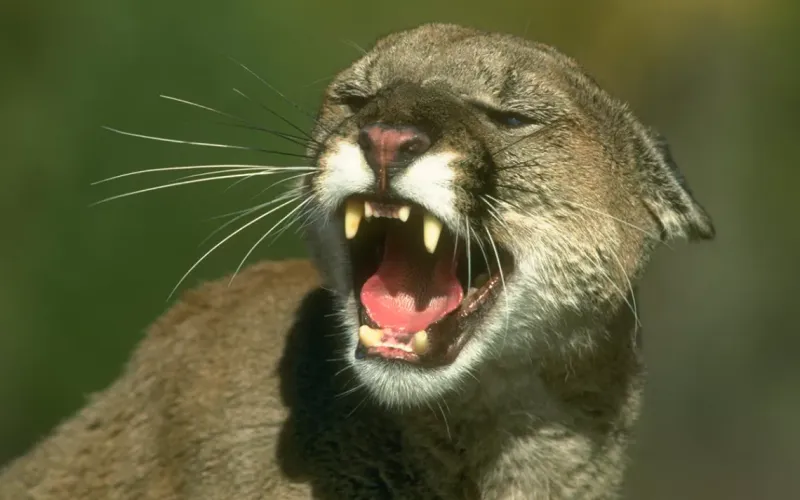
The Mountain Lion, an apex predator, plays a crucial role in maintaining the balance of its ecosystem. By controlling herbivore populations such as deer, it prevents overgrazing and promotes vegetation growth.
This supports a wide range of species and contributes to ecological health. Mountain Lions are solitary and territorial animals, known for their stealth and strength. Their presence in an area is a sign of a healthy ecosystem.
Fun fact: Also known as cougars, they have one of the largest ranges of any terrestrial mammal in the Western Hemisphere.
American Burying Beetle
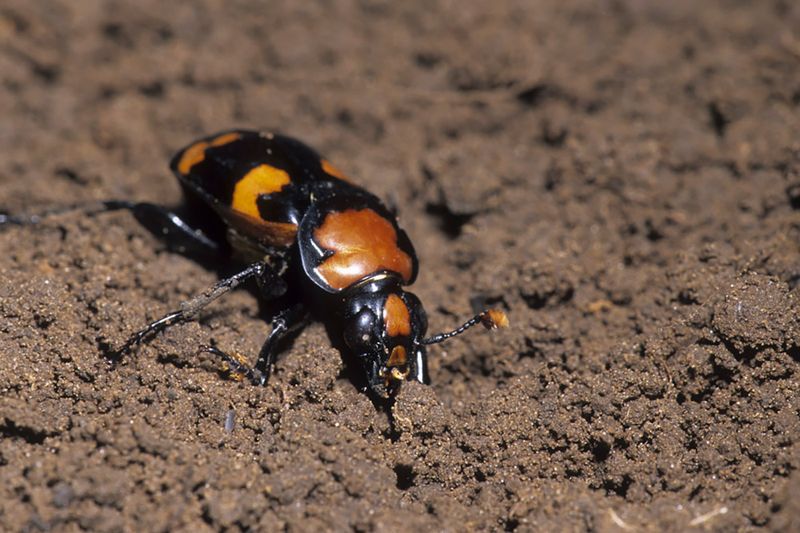
Once feared as pests, American Burying Beetles are now seen as essential decomposers. These beetles bury carcasses, recycling nutrients back into the soil and supporting plant growth.
Their role in decomposition helps maintain soil health and ecosystem balance. Unfortunately, this beetle is now critically endangered, with conservation efforts underway to protect it.
Did you know? The American Burying Beetle is one of the few species in which both parents care for their young, showcasing an intriguing aspect of their biology.
Eastern Indigo Snake
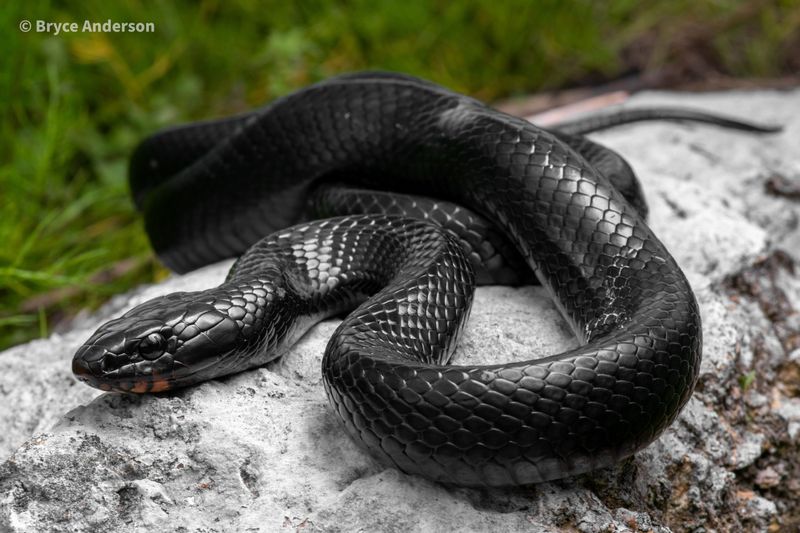
The Eastern Indigo Snake, known for its striking iridescence, is an important predator in the Southeastern United States. It preys on venomous snakes and helps control their populations, contributing to a balanced ecosystem.
Indigo Snakes are non-venomous and are known for their gentle disposition. They are the longest native snake in the U.S., playing a vital role in their natural habitat.
Conservation efforts are ongoing to protect these majestic reptiles, whose presence indicates a healthy, biodiverse environment.

